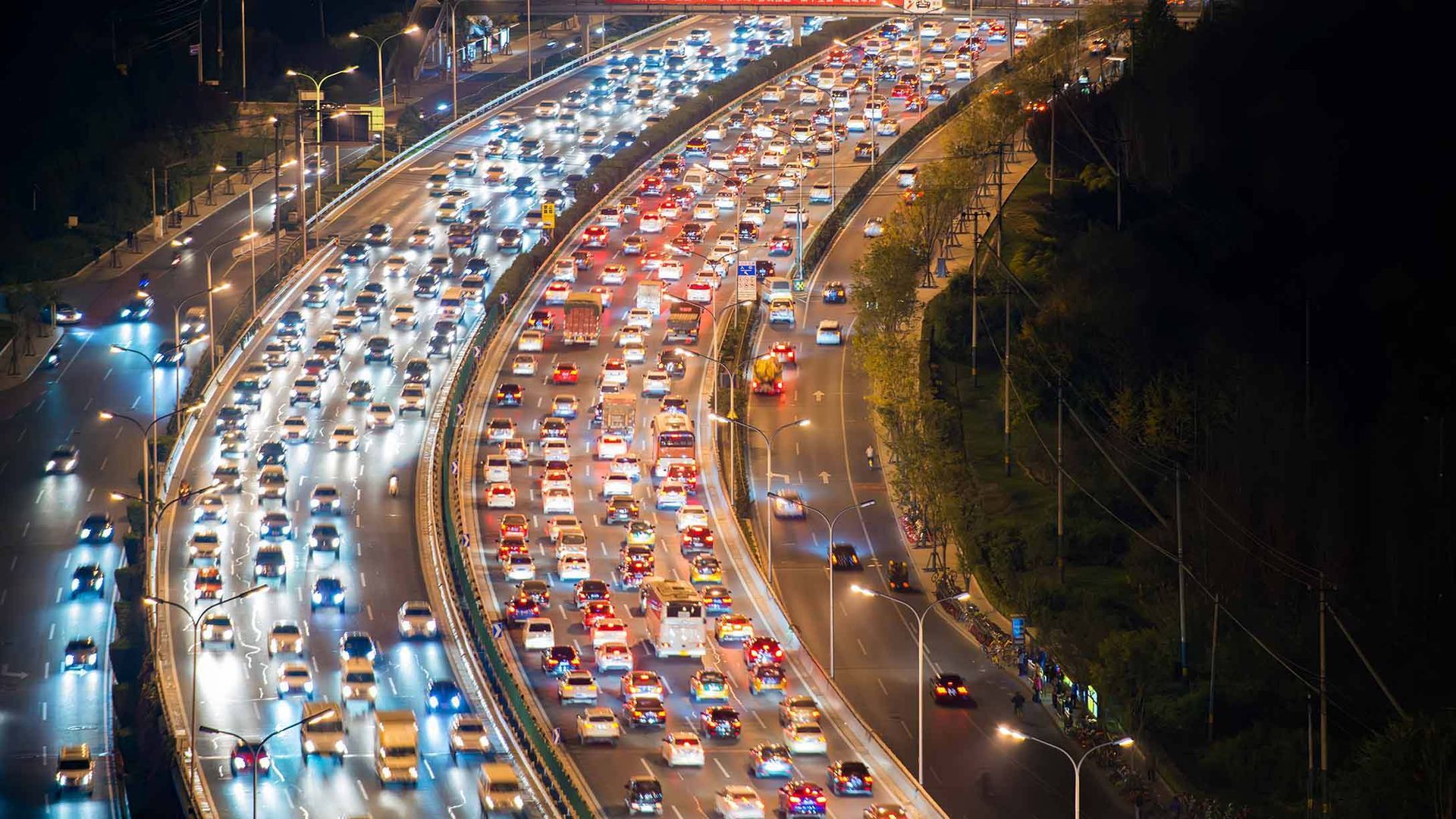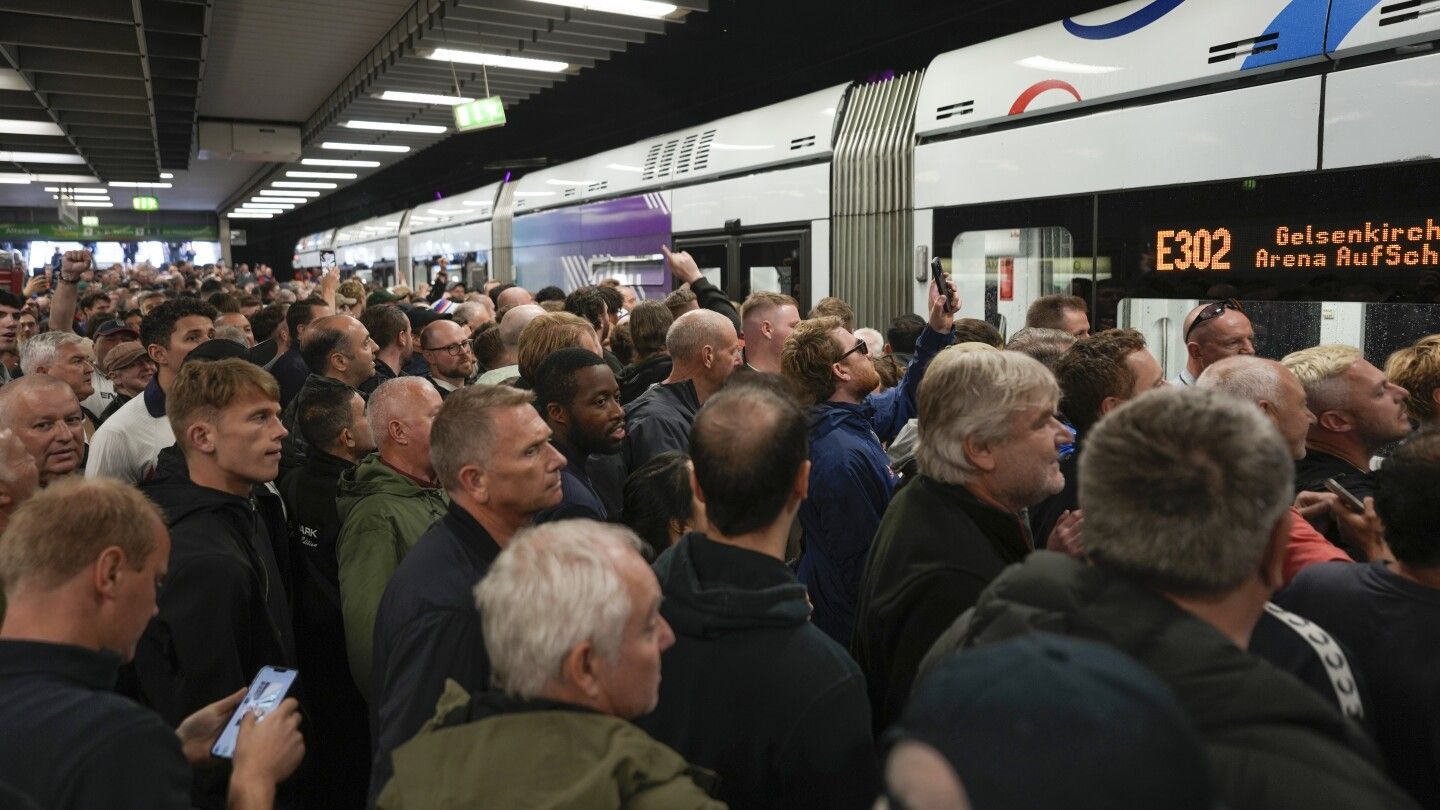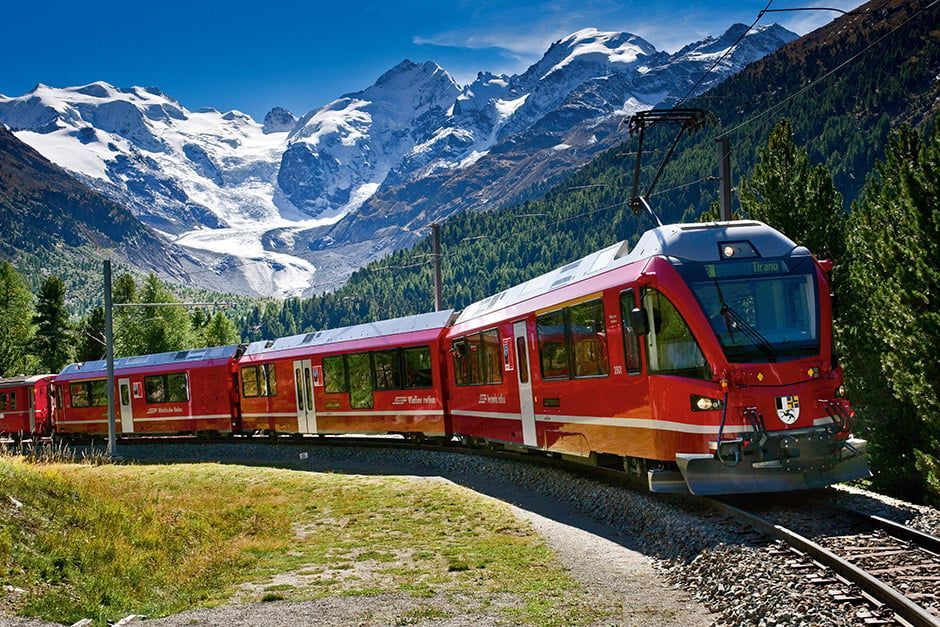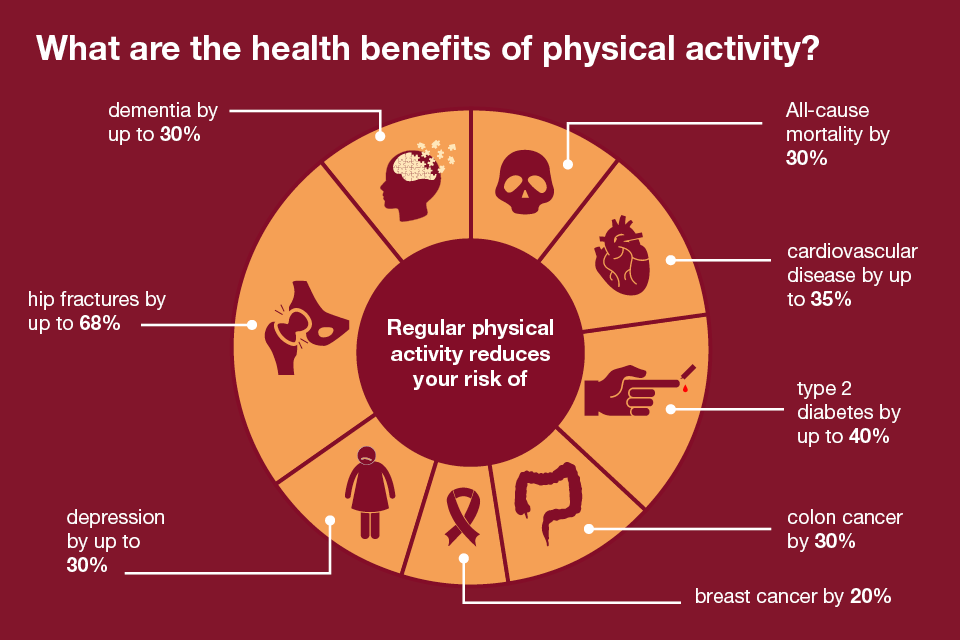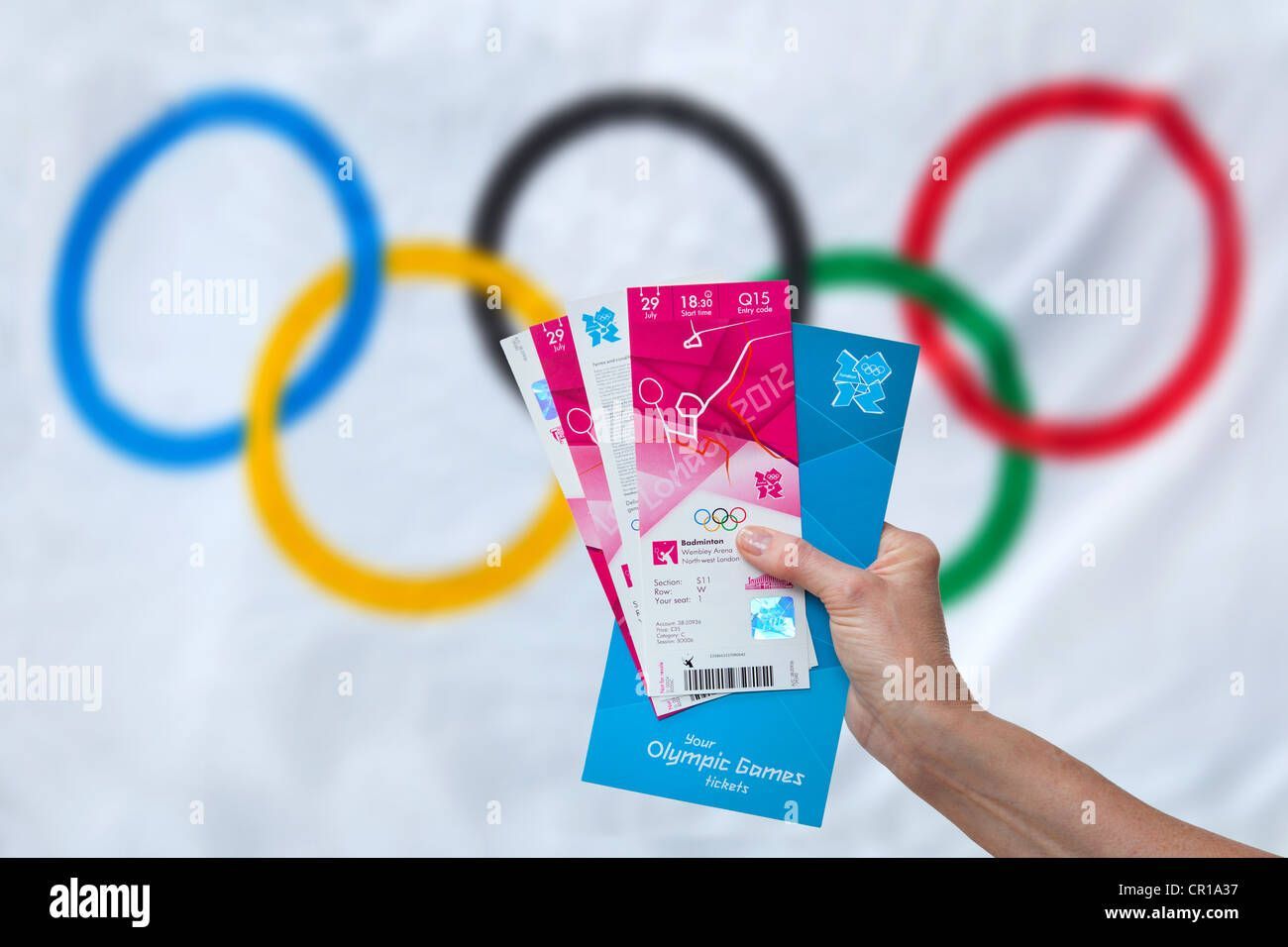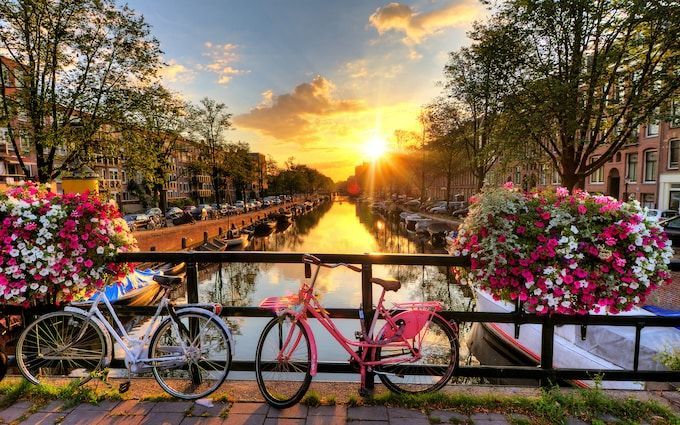A lasting impact: reflecting on 12 years of In the Round and the legacy of sustainable travel for spectators and audiences
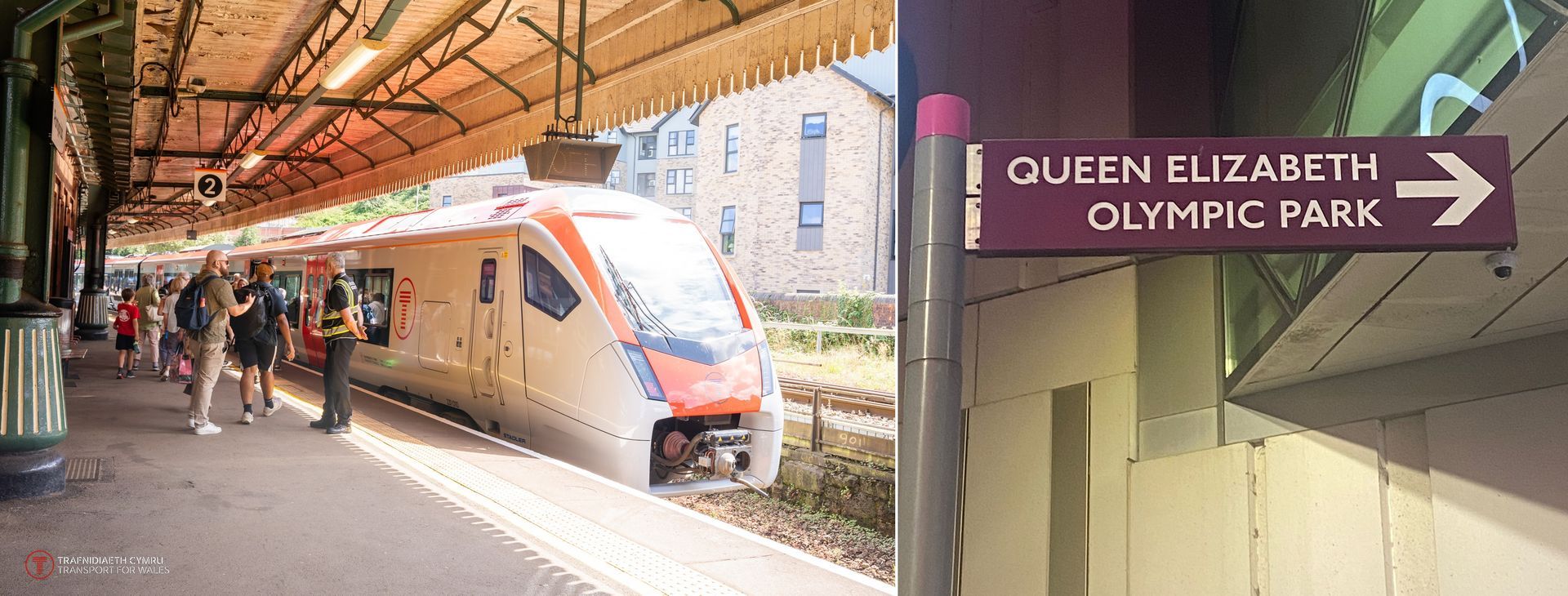
As we attended the SportPro AI Conference at Queen Elizabeth Olympic Park in London last week, we were reminded of the roots of In the Round (ITR), founded 12 years ago following our work on the London 2012 Olympic and Paralympic Games. This milestone event marked a shift in how major events could actively manage travel behaviours in favour of sustainable choices, leaving behind a powerful legacy that continues to shape how cities, event organisers, and fans approach travel to this day. Also timely as Paris 2024 Olympic and Paralympic Games celebrates its success and minds turn to Los Angeles in 2028 and beyond to Brisbane in 2032.
London 2012 wasn’t just about breaking sporting records and managing the logistical challenge of millions of spectators. It demonstrated how a large-scale event could ignite long-term change in travel behaviours. The transport legacy lives on, with the former Olympic Stadium now home to Premier League football team West Ham United, fans are benefitting from a highly integrated sustainable travel network that connects them seamlessly to the stadium, supporting both local businesses and the broader economy. Something not as easy to achieve in their former home. With a variety of sustainable travel options — walking, cycling, e-mobility and public transport — the ‘London Stadium’ as it is now known continues to leverage these strengths to attract future events, building on the area’s appeal. It is worth noting that during London 2012, 30-40% of Londoners change their travel behaviour – subsequently 10% of Londoners reported that they still ‘used’ their new travel behaviour learned during the Games.
But what made London 2012 different? Was it the unprecedented budget, the millions of attendees, or just the sheer scale of the event? The truth is, while these elements played a part, the real success lay in the planning, collaboration, and commitment to long-term sustainable travel outcomes. The principles of integrating various transport modes, managing peak demand, and promoting sustainable choices have proven to be scalable, adaptable, and transferable to other events, regardless of size or budget.
Take, for example, the Eisteddfod in Wales. An annual national celebration of Welsh arts a culture on a markedly smaller scale (original estimates of about 100,000 attendees over the course of a week in early August 2024) but in a modest size town in South Wales (Pontypridd), already subject to significant traffic congestion throughout the day. The event required a London 2012-esque solution to prevent the local area from being overwhelmed by traffic. With a fraction of the Olympic budget, stakeholders worked together in a joined-up approach to deliver an integrated transport solution. By aligning existing resources and services, the event attracted record numbers (40,000 attendees on its busiest day), yet transport systems ran smoothly. More people walked, cycled, used public transport, shared vehicles, and opted for park-and-ride services. Small adjustments to local journey planning tools and a strategic use of social media and other comms channels across all stakeholders to inform and engage spectators helped ensure a seamless experience.
This collaborative effort didn’t just improve travel; it supported the local economy. Attendees trusted their travel options and heeded advice to arrive early and stay longer, spending money in the local area. The transport solution didn’t just move people — it enhanced the overall event experience. In terms of attitudinal change one resident was reported as saying “Can we host the Eisteddfod every week please – traffic has never been so good!”. Whether there has been a local legacy remains to be seen in terms of travel behaviour however the signs are encouraging – the town received many thousand visitors for the first time who will we are sure return due to their great experience while in the area.
These examples show what can be achieved with focused planning and sustainable travel strategies, even for events on a smaller scale. Joined-up thinking, collaboration, and a clear vision can yield tremendous benefits, both in terms of transport management and economic impact.
From the Olympic scale of London 2012 to smaller but equally impactful events like the Eisteddfod, the benefits of sustainable spectator travel go beyond moving people from A to B — they enhance experiences, economies, and the environment. With the right planning, collaboration, and vision, any event can achieve this legacy.
The potential for major events to affect changes in both attendee and community travel behaviour is considerable BUT so too is the potential for individual venues to do the same. At the grass roots level, it is fantastic to see the aspirations of Birmingham Football Association and others, in the world of rugby the great work being done by Dragons Rugby Football Club on a shoe-string is quite remarkable and in Manchester City FC’s partnership with Transport for Greater Manchester to plug the gaps of public transport there are numerous examples of major events, small clubs and everything in between now grasping the nettle. What starts with a vision leads to a plan and then action.
The management of sustainable travel for events and venues has come a long way since our founders first embarked on their journey and In the Round is proud to have played its part over the last 12 years. As we continue to STRIVE forward, we hope to be able to continue to support the sport and live entertainment sector in conceiving and then implementing practical, scalable solutions that leave a positive legacy for both the environment and the communities they serve.

